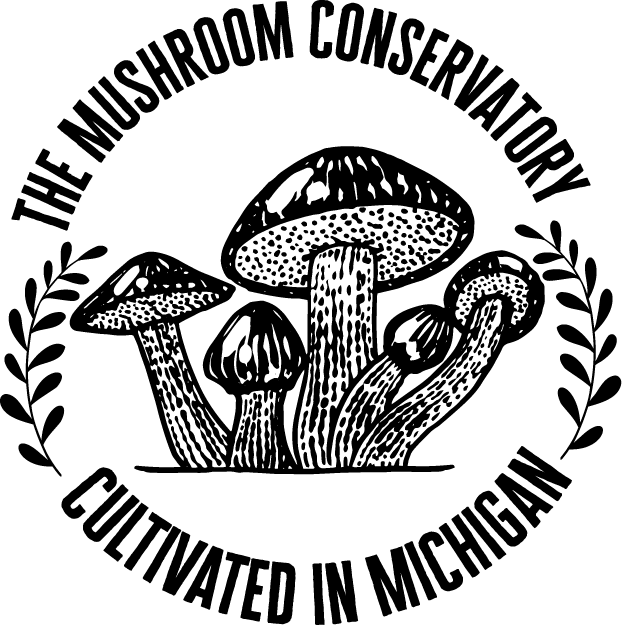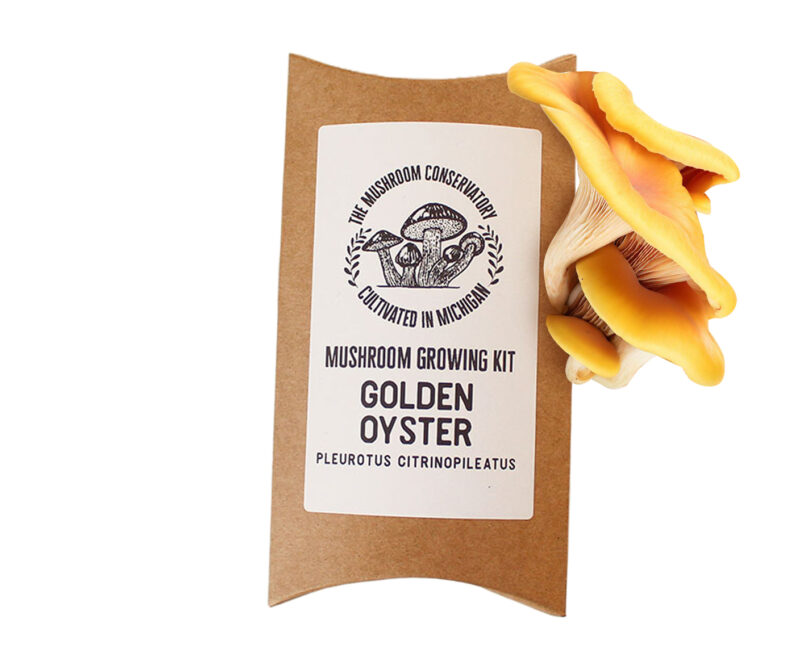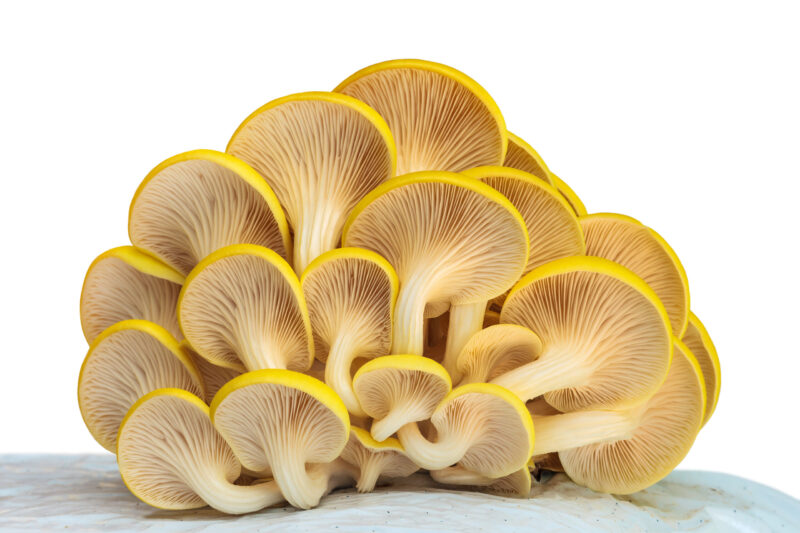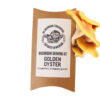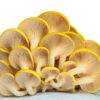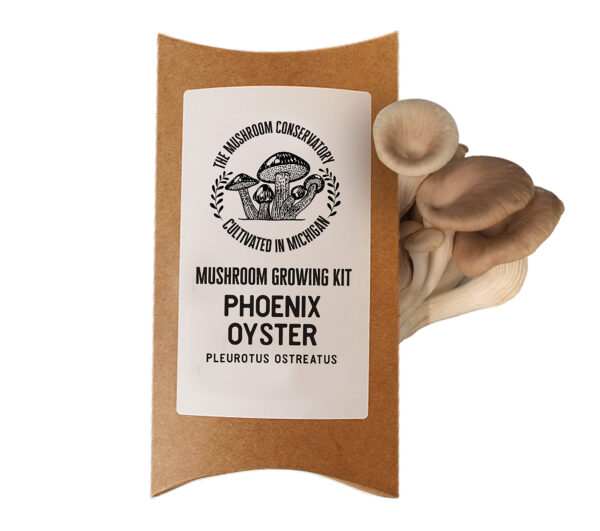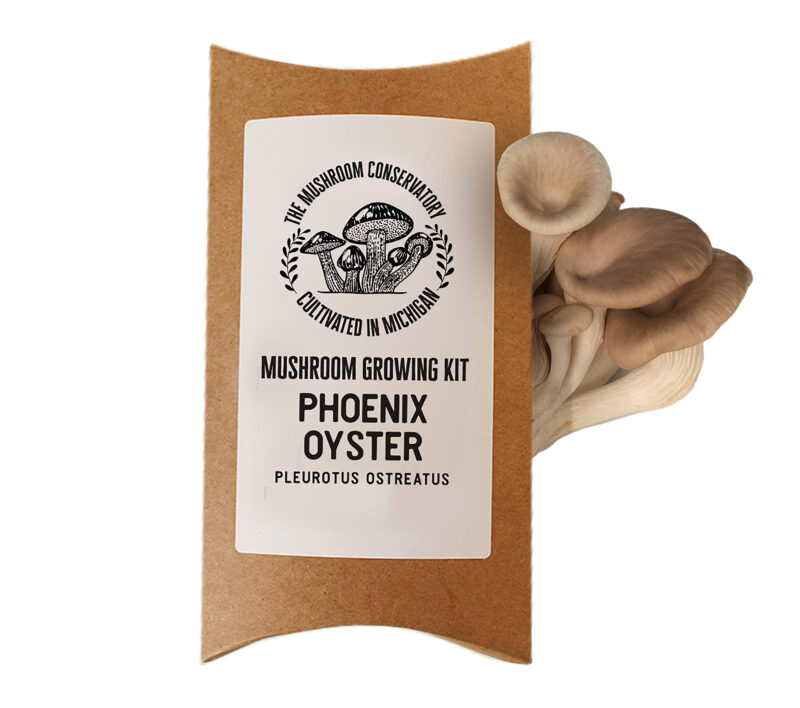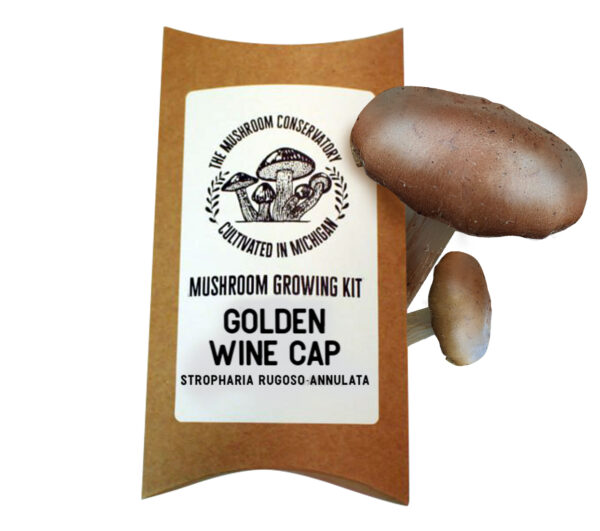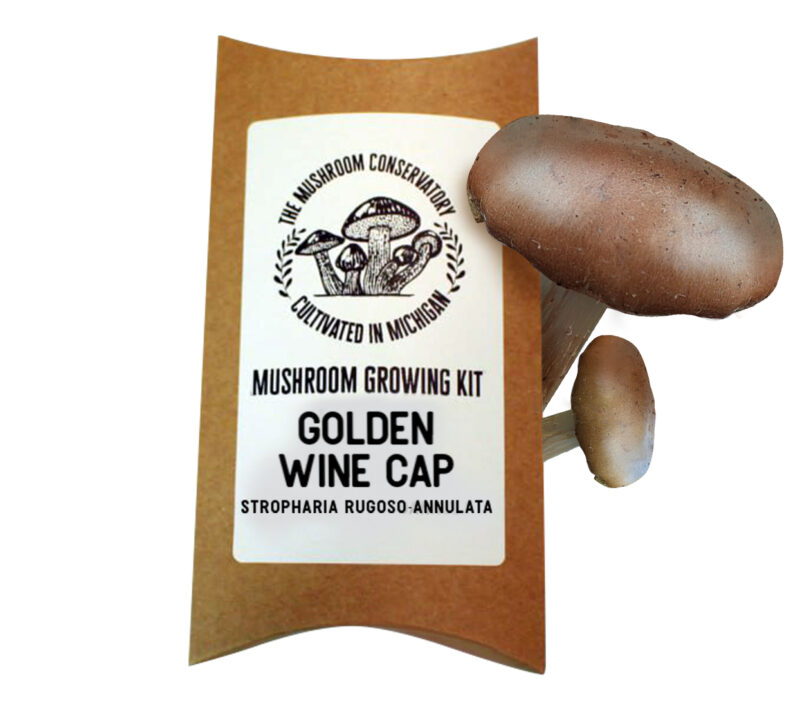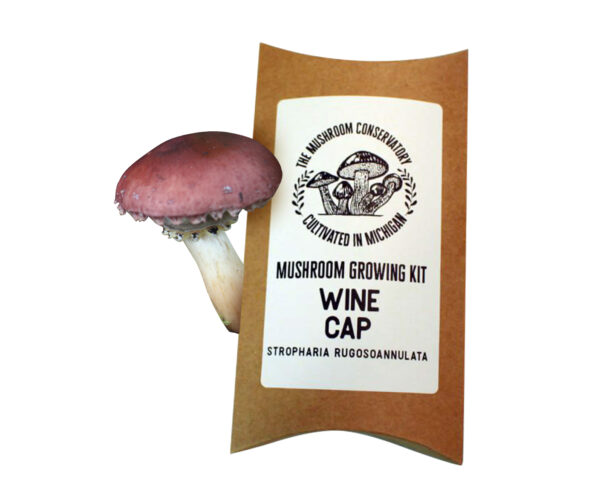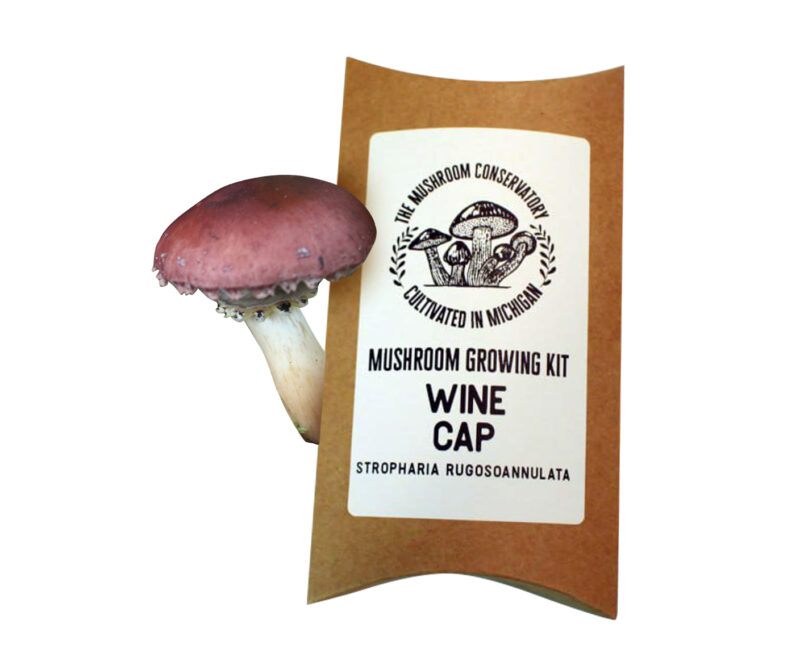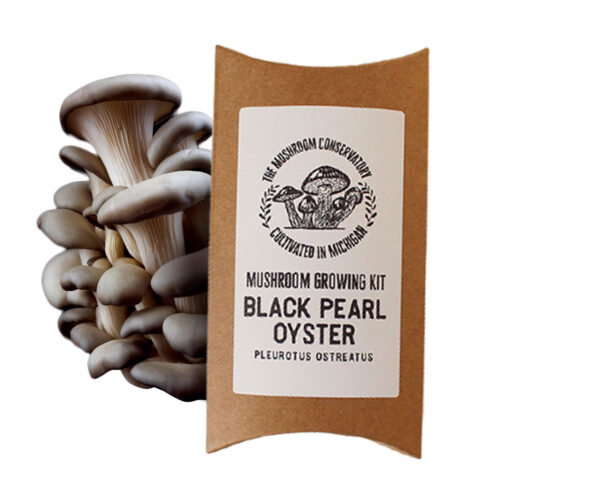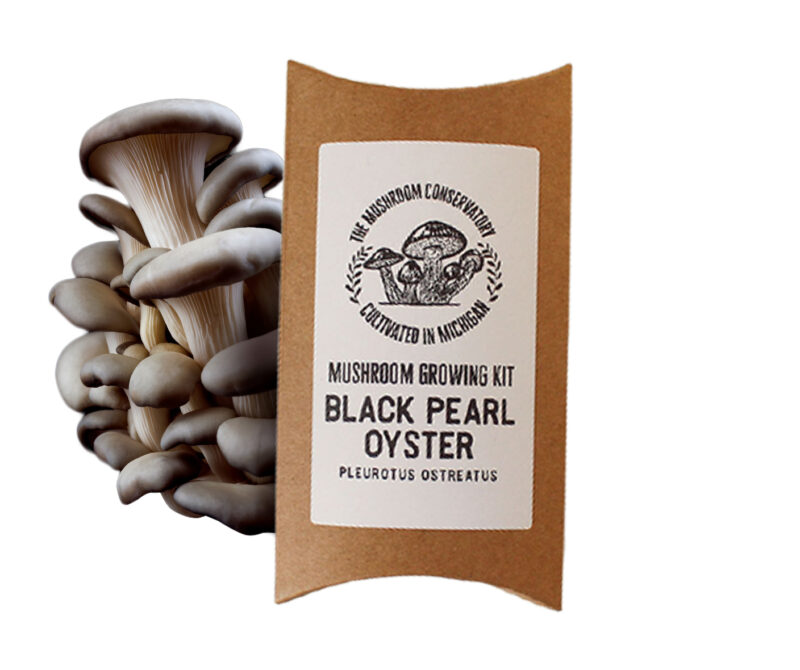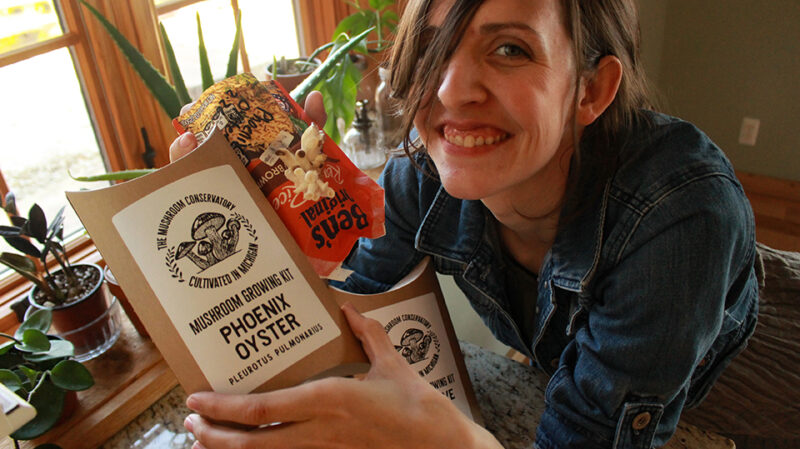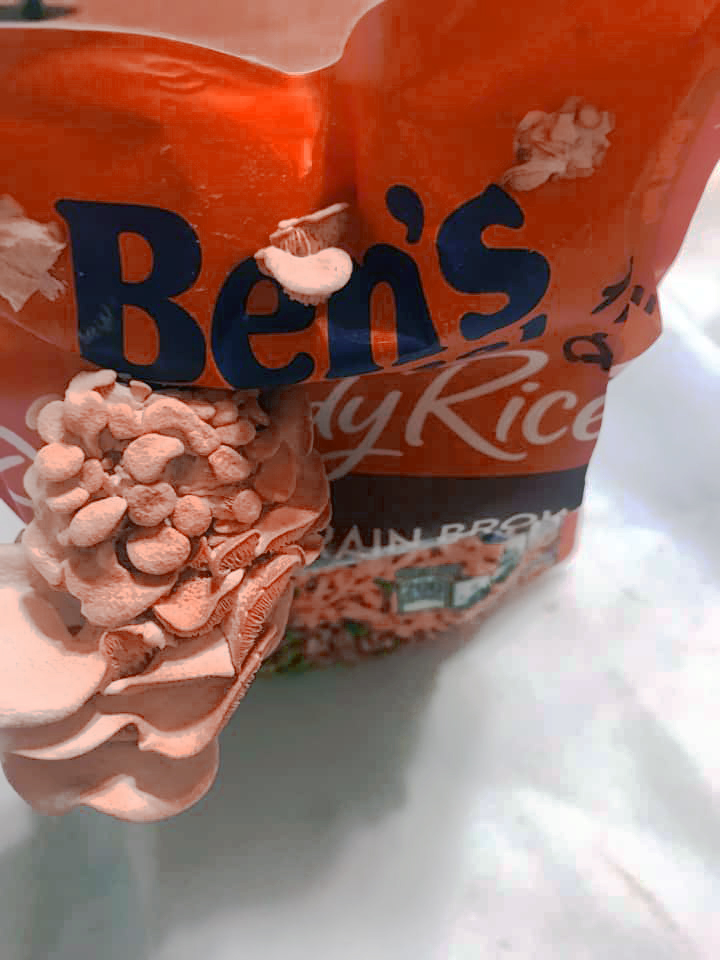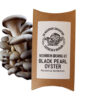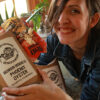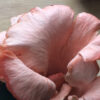Your cart is currently empty!
Golden Oyster Mushroom Growing Kit
Description
Each set includes detailed instructions, your mushroom culture, and a fungi word search. It’s a great project for anyone with a love of plants, or to do as part of a nature study, or simply because they are beautiful and fascinating. And they’re great for cooking with/eating or just looking at if you’re the non-mushroom-eating type.
This is a pretty flexible project age-wise and it can be an indoor project or outdoor project, you’ll need a bag of brown rice, rubbing alcohol, and some paper bandage tape. To grow larger buckets of mushrooms instead of small bags, we recommend using straw or aspen chips. There is enough culture in each kit to start 5 bags or 5 buckets of golden oyster mushrooms.
Class- Agaricomycetes: Parasitic, pathogenic, symbiotic, or saprotrophic; most are terrestrial, with few aquatic members; all are mushroom-forming; spore cap has openings; contains 17 orders.
Order- Agaricales: Most are saprotrophic, some are parasitic on plants (causing root rot), others are mycorrhizal; basidia produced in layers (hymenia) on the underside of fleshy fruiting bodies (basidiocarps), in tubes (boletes), or on gills (mushrooms).
Family- Pleurotus small to medium-sized mushrooms which have white spores; gilled mushrooms
Species- Pleurotus citrinopileatus
Check out our guide on Farmer’s Almanac to learn about how easy it is to grow oyster mushrooms at home! https://www.farmersalmanac.com/how-to-grow-delicious-oyster-mushrooms
Additional information
| Weight | 3 oz |
|---|
